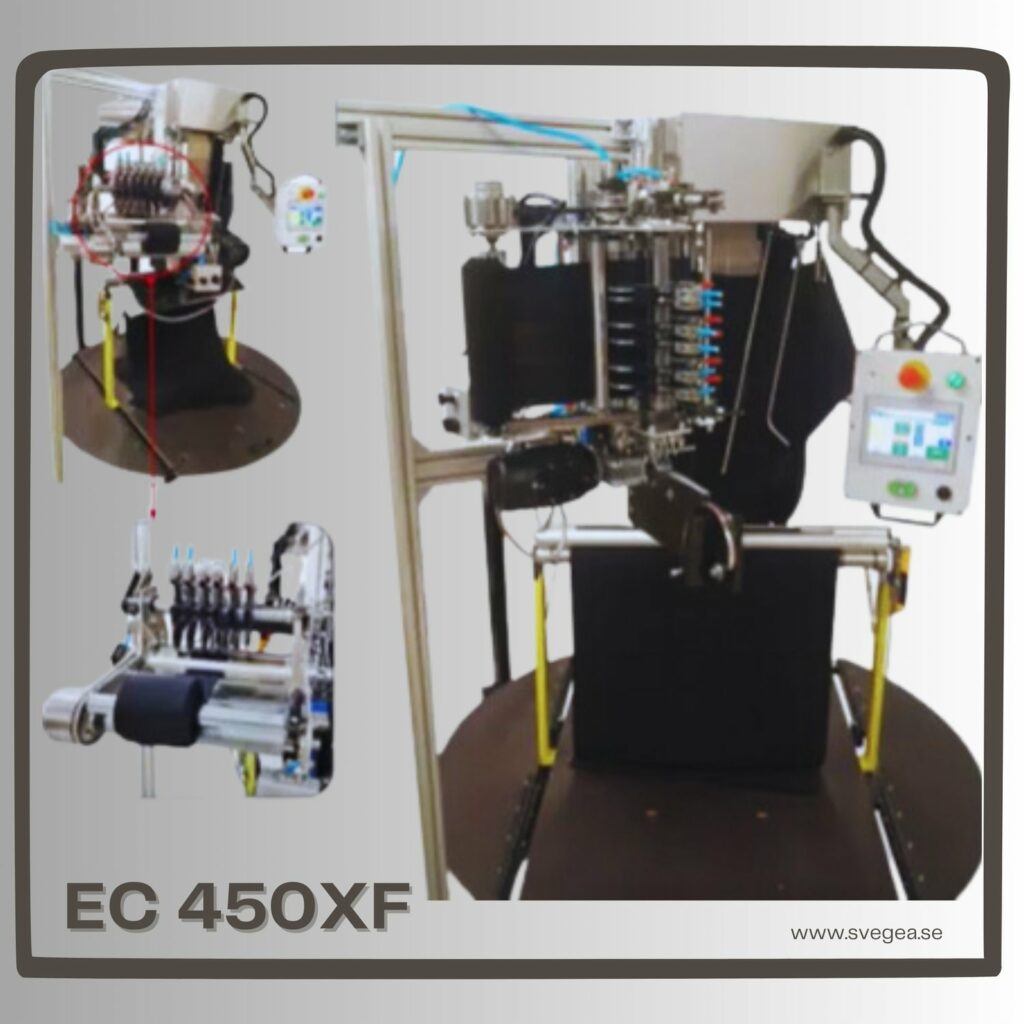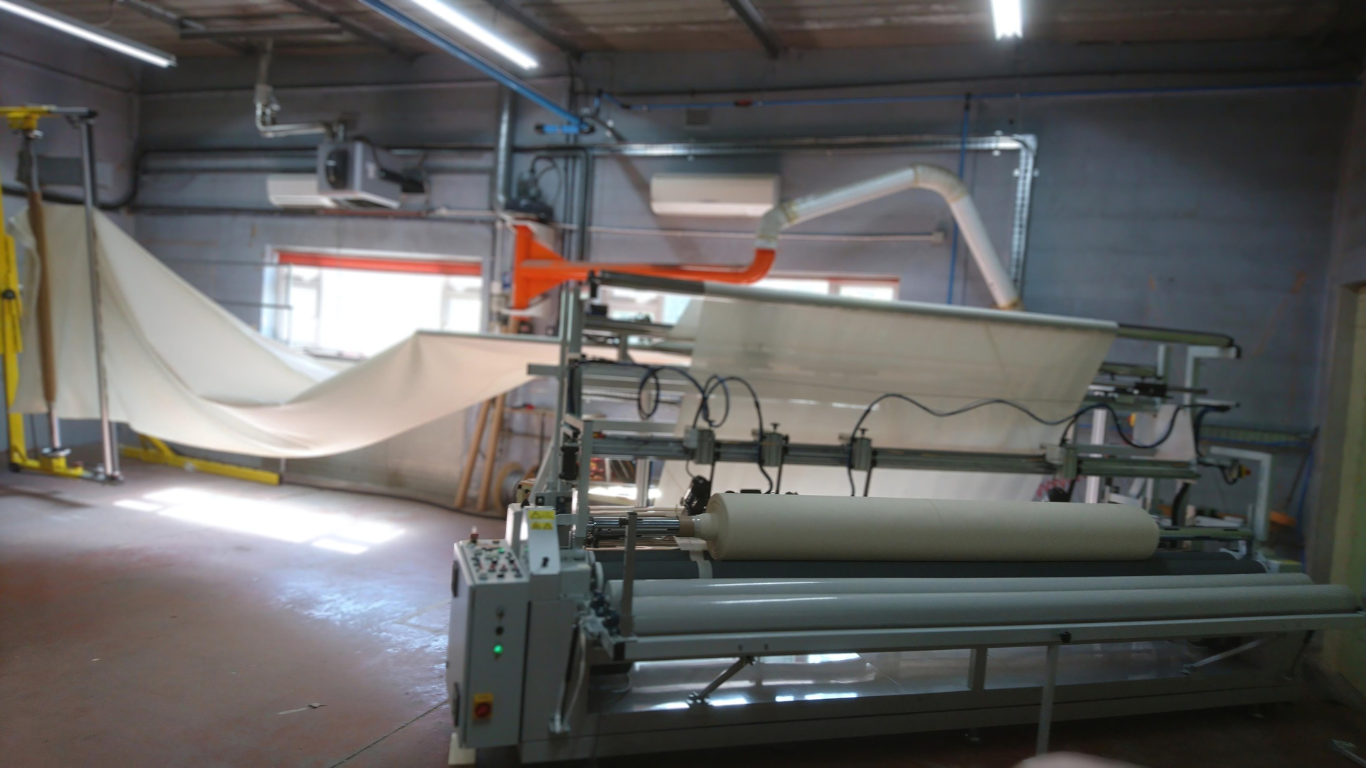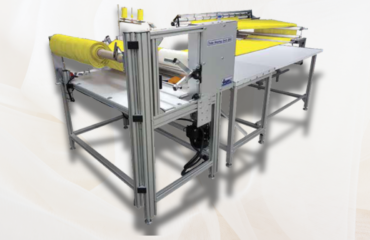The textile industry has always been a hub of innovation. Each technological leap has transformed production processes from the spinning jenny to modern automated systems. Today, textile-cutting machines stand at the forefront of this revolution, offering unparalleled precision, speed, and efficiency. This article delves into how automated cutting machines reshape the textile industry and highlights a cutting-edge product from Svegea.
The Evolution of Textile Cutting Machines
From Manual to Automated
Historically, textile cutting was a labor-intensive task. Workers relied on manual tools like scissors and rotary cutters, which were time-consuming and prone to errors. The advent of semi-automated machines marked a significant improvement, yet they still required considerable human intervention. Today, fully automated textile-cutting machines have revolutionized the industry, enabling manufacturers to produce high-quality products swiftly and cost-effectively.
Key Features of Modern Textile Cutting Machines
Modern textile cutting machines boast advanced features that significantly enhance their performance:
– Computer-Aided Design (CAD) Integration: This allows for precise pattern creation and modification.
– Laser Cutting Technology: Ensures clean, accurate cuts with minimal fabric wastage.
– Automated Material Handling: Reduces the need for manual labor and speeds up the production process.
– Multi-Layer Cutting Capability: Enables the cutting of multiple fabric layers simultaneously, boosting productivity.
Benefits of Automated Textile Cutting Machines
- Enhanced Precision and Accuracy
One of the most significant advantages of automated textile-cutting machines is their precision. These machines use advanced software and laser technology to cut fabric with incredible accuracy, ensuring that each piece meets exact specifications. This level of precision is particularly important in industries like fashion and automotive, where even minor deviations can lead to significant issues.
- Increased Production Speed
Automated cutting machines can operate at much higher speeds than manual or semi-automated methods. This increased speed translates to higher production rates, allowing manufacturers to meet tight deadlines and respond quickly to market demands. For example, a textile cutting machine can cut hundreds of fabric pieces in the time it would take a human worker to cut just a few.
- Cost Savings
While the initial investment in automated cutting machines can be substantial, the long-term cost savings are significant. These machines reduce labor costs by minimizing the need for manual intervention. Additionally, their precision reduces fabric wastage, leading to lower material costs. Over time, these savings can offset the initial investment and lead to increased profitability.
- Versatility and Flexibility
Modern textile cutting machines are incredibly versatile. They can handle a wide range of fabrics, from delicate silks to heavy-duty industrial textiles. This versatility allows manufacturers to diversify their product offerings and cater to different market segments. Moreover, the ability to quickly switch between different cutting patterns and materials enhances production flexibility.
Real-World Applications
Fashion Industry
In the fashion industry, precision and speed are paramount. Automated textile cutting machines enable designers to bring their visions to life with unparalleled accuracy. These machines can cut intricate patterns and delicate fabrics with ease, ensuring that each garment meets the highest quality standards. Additionally, the ability to quickly produce samples and prototypes allows designers to experiment with new ideas and stay ahead of trends.
Automotive Industry 
The automotive industry relies heavily on textile materials for interior components like seats, carpets, and headliners. Automated cutting machines ensure that these components are cut to exact specifications, enhancing the overall quality and durability of the final product. The ability to cut multiple layers of fabric simultaneously also speeds up production, allowing manufacturers to meet the high demands of the automotive market.
Home Furnishings
From curtains to upholstery, the home furnishings industry requires precise and efficient fabric cutting. Automated cutting machines enable manufacturers to produce high-quality home textiles quickly and cost-effectively. The versatility of these machines also allows for the production of custom designs, catering to the growing demand for personalized home decor.
The Future of Textile Manufacturing
Integration with Industry 4.0
The future of textile manufacturing lies in the integration of automated cutting machines with Industry 4.0 technologies. This includes the use of IoT (Internet of Things) devices, AI (Artificial Intelligence), and big data analytics to optimize production processes. For example, IoT-enabled cutting machines can communicate with other devices in the production line, ensuring seamless coordination and reducing downtime.
Sustainable Manufacturing
Sustainability is becoming increasingly important in the textile industry. Automated cutting machines contribute to sustainable manufacturing by reducing fabric wastage and energy consumption. Additionally, the precision of these machines minimizes the need for rework, further reducing resource usage. As the industry continues to prioritize sustainability, the adoption of automated cutting machines is likely to increase.
Continuous Innovation
The field of automated textile cutting is constantly evolving. Manufacturers are continually developing new technologies and features to enhance the performance of cutting machines. For example, advancements in laser technology and AI are expected to further improve the precision and efficiency of these machines. As these innovations continue to emerge, the capabilities of automated cutting machines will expand, opening up new possibilities for textile manufacturers.
Featured Product: Svegea’s EC 450 XF Collarette Cutting System
Svegea of Sweden is a leader in textile cutting technology, known for its innovative solutions that enhance productivity and reduce waste. One of their standout products is the EC 450 XF Collarette Cutting System. This system is designed for high-speed, precision cutting of collarettes, making it ideal for manufacturers looking to improve efficiency and product quality. The EC 450 XF features advanced automation and user-friendly controls, ensuring seamless integration into any production line.
For more information on cutting-edge textile-cutting machines, visit Svegea of Sweden




